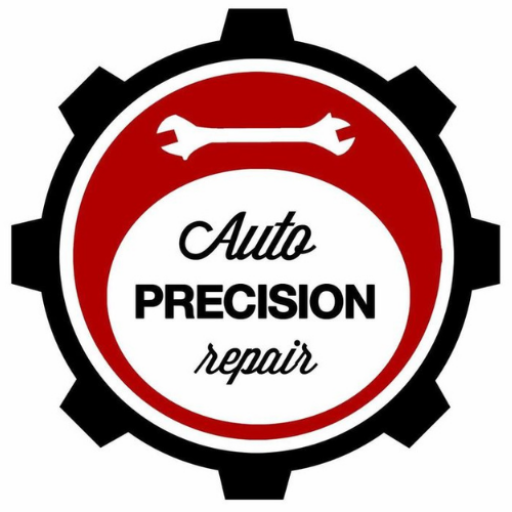What Is And What Is Included In A Vehicle Inspection?

The Benefits Of Vehicle Inspection
March 15, 2023
What A Vehicle Inspection Consists Of
March 16, 2023By definition, a vehicle safety inspection covers every component of your car that is essential for road safety. This includes examining your tires, brakes, lights, mirrors, and other features to ensure they are all functioning properly. Unless you’d prefer to learn how to deal with a breakdown mid-journey, let’s take a closer look at what it takes to pass a vehicle safety inspection.
A vehicle safety inspection is a government-regulated examination of your car to make sure it meets the minimum requirements for road operation. Different states have different frequency laws, with some requiring annual inspections and others only assessing before a sale, so always check what’s required in your area. Additionally, many states do an emissions test as part of the normal inspection process – this checks if your car adheres to EPA emissions standards and needs any repair or replacement parts specified by current law.
What is included in the vehicle inspection?
They check that your car’s features, such as the lights, horn, and mirrors, are working correctly. Other aspects they inspect include your steering and brakes, seatbelts, and tires. If there are any obvious hazards like fuel leaks present, this can cause your inspection to fail. Here is a list of what’s checked during an inspection:
- Tires: Worn-down tread and hazardous defects are verified on tires to ensure they will be safe to use. The technician will also check if your spare tire is road-ready, in case you should ever need it.
- Brakes: If you’re not sure whether or not your car will pass an inspection, one of the main things to check is the functionality of your brakes. The technician inspecting your vehicle will look at brake pads and rotors for any excessive wear, check for leaks in brake fluid and evaluate the emergency break. If you’ve been noticing that your brakes have been responding slowly or feeling “squishy,” it’s time to get them inspected before taking your car in.
- Lights: Properly functioning lights are key to keeping you and others safe on the road. Annual vehicle safety inspections check headlights, taillights, hazard lights, turn signals, license plate lights, and brake lights. All of these must be bright enough to properly illuminate without being too dim.
- Windshield: Implementing regular inspections helps prevent windshield damage such as cracks, chips, or loose seals that could result in more costly problems down the road.
- Windshield Wipers: windshield wipers are checked, along with the windshield itself, to ensure they clear rain streaks and other debris from your view while driving. It’s important to keep in mind that you need properly working windshield wipers to pass a vehicle inspection.
- Mirrors: Your car needs both rear and side view mirrors to avoid driving blind. These mirrors give you the chance to see if it’s okay to switch lanes or get out of the way of potential danger. If either mirror is cracked, missing, or otherwise damaged, you will not pass inspection.
- Sea belt: The safety of your seat belts’ auto-locking and retracting feature will be checked during the inspection.
- Steering and alignment: If any of your steering components are loose or in danger of failing, they will be checked during the inspection. This is because if the steering fails while you’re turning, it could have disastrous consequences. So, if we identify any worn parts during the inspection, that means the inspection itself has failed.
- Suspension: The smoothness of your ride comes from your suspension as it carries you across the world’s bumpy roads. The inspection technician will check to make sure none of your shock absorbers are leaking or otherwise damaged.
As you can see you can make the roads safer for everyone by driving safely and regularly maintaining your vehicle. So, don’t wait any longer! And bring in your vehicle for its regular inspection, it will not only bring you peace of mind but it will also benefit your pocket!






